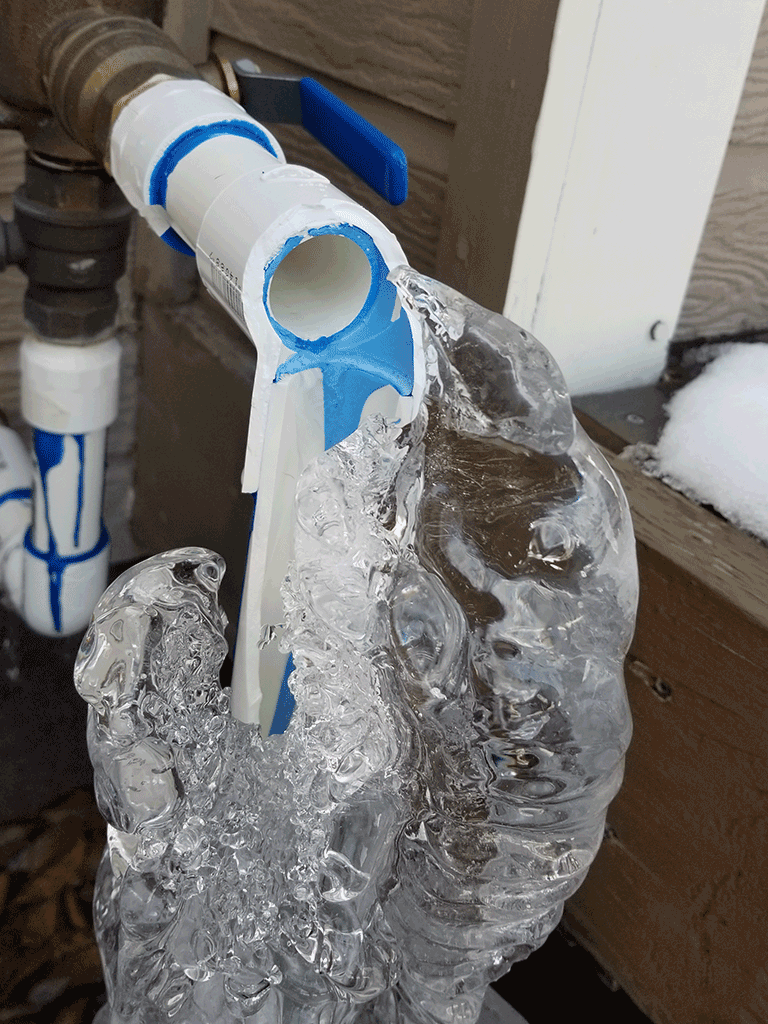What are your thoughts and feelings about How to Prevent Your Pipes From Freezing?

Winter can damage your plumbing, specifically by freezing pipelines. Here's just how to avoid it from taking place and what to do if it does.
Introduction
As temperature levels decline, the danger of frozen pipelines increases, possibly leading to pricey fixings and water damage. Recognizing just how to stop icy pipes is important for home owners in cool environments.
Understanding Frozen Pipes
What causes pipes to ice up?
Pipes freeze when revealed to temperatures below 32 ° F (0 ° C) for extended periods. As water inside the pipes freezes, it broadens, putting pressure on the pipe walls and potentially creating them to break.
Dangers and damages
Frozen pipes can cause supply of water interruptions, residential property damages, and costly repair services. Burst pipes can flood homes and create substantial architectural damage.
Signs of Frozen Water Lines
Recognizing frozen pipelines early can avoid them from rupturing.
Exactly how to identify icy pipes
Seek lowered water circulation from faucets, uncommon odors or noises from pipelines, and noticeable frost on exposed pipelines.
Avoidance Tips
Protecting at risk pipelines
Wrap pipelines in insulation sleeves or make use of warm tape to shield them from freezing temperature levels. Focus on pipes in unheated or external locations of the home.
Heating methods
Maintain indoor spaces properly heated up, specifically areas with pipes. Open closet doors to enable cozy air to circulate around pipelines under sinks.
Protecting Outside Pipes
Garden pipes and exterior faucets
Detach and drain pipes yard hose pipes prior to winter months. Install frost-proof spigots or cover outside taps with shielded caps.
What to Do If Your Pipelines Freeze
Immediate actions to take
If you suspect icy pipes, maintain faucets open up to ease stress as the ice melts. Use a hairdryer or towels taken in warm water to thaw pipelines slowly.
Long-Term Solutions
Architectural changes
Consider rerouting pipes far from exterior wall surfaces or unheated areas. Add added insulation to attic rooms, cellars, and crawl spaces.
Upgrading insulation
Invest in top notch insulation for pipelines, attics, and wall surfaces. Correct insulation helps maintain constant temperatures and reduces the threat of frozen pipes.
Conclusion
Protecting against frozen pipelines requires positive actions and quick actions. By understanding the causes, indications, and preventive measures, house owners can shield their plumbing during cold weather.
5 Ways to Prevent Frozen Pipes
Drain Outdoor Faucets and Disconnect Hoses
First, close the shut-off valve that controls the flow of water in the pipe to your outdoor faucet. Then, head outside to disconnect and drain your hose and open the outdoor faucet to allow the water to completely drain out of the line. Turn off the faucet when done. Finally, head back to the shut-off valve and drain the remaining water inside the pipe into a bucket or container. Additionally, if you have a home irrigation system, you should consider hiring an expert to clear the system of water each year.
Insulate Pipes
One of the best and most cost-effective methods for preventing frozen water pipes is to wrap your pipes with insulation. This is especially important for areas in your home that aren’t exposed to heat, such as an attic. We suggest using foam sleeves, which can typically be found at your local hardware store.
Keep Heat Running at 65
Your pipes are located inside your walls, and the temperature there is much colder than the rest of the house. To prevent your pipes from freezing, The Insurance Information Institute suggests that you keep your home heated to at least 65 degrees, even when traveling. You may want to invest in smart devices that can keep an eye on the temperature in your home while you’re away.
Leave Water Dripping
Moving water — even a small trickle — can prevent ice from forming inside your pipes. When freezing temps are imminent, start a drip of water from all faucets that serve exposed pipes. Leaving a few faucets running will also help relieve pressure inside the pipes and help prevent a rupture if the water inside freezes.
Open Cupboard Doors
Warm your kitchen and bathroom pipes by opening cupboards and vanities. You should also leave your interior doors ajar to help warm air circulate evenly throughout your home.

I recently found that post about Winter Plumbing Precautions: Preventing Frozen Pipes when browsing the search engines. Sharing is nice. One never knows, you might be helping someone out. Thank you for taking the time to read it.
Book Service